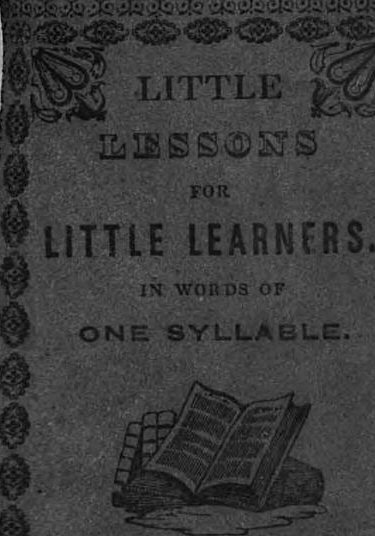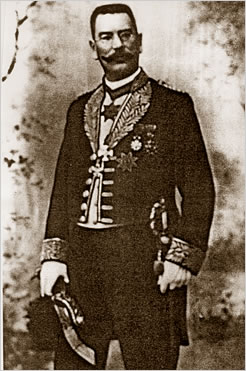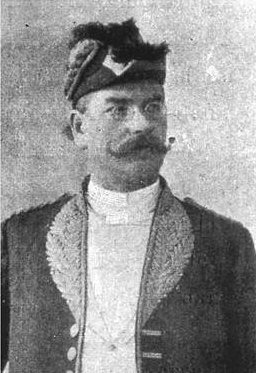[With thanks to R.]
Get Wheatear is an ornithological thriller film which has become a cult favourite in the years since its release. The plot is as follows:
Pointy Town-born birdwatcher Jack Carter has lived in Tantarabim for years in the employ of criminal ornithologists the Fletchers. Jack is sleeping with Fletcher’s girlfriend Anna and plans to escape to a dilapidated seaside resort with her. But first he must return to Pointy Town to attend the funeral of his brother, Frank, who died in a purported birds’ nest egg-thieving accident. Not satisfied with the verdict Jack wants to do his own investigating. At the funeral Jack meets with his brother’s teenage daughter Doreen, and Frank’s mistress Margaret, who is evasive.
Jack goes to the owl sanctuary seeking an old acquaintance called Albert Swift, whose surname is also that of a bird, for information about his brother‘s death. Swift evades him, but Jack encounters another old associate, Eric Paice, now employed as a grader of birdseed, although he will not say for whom. Tailing Eric to the country house of expert ornithologist Cyril Kinnear, Jack bursts in on Kinnear playing Spot The Chaffinch. He meets a glamorous but drunken lady called Glenda. Having learned little but made his presence felt Jack leaves; Eric warns him against damaging relations between Kinnear and the Fletchers. Back in town Jack is threatened by henchmen dressed in hen costumes to leave town, but he fights them off; capturing and interrogating one to find out who wanted him gone, and is given the name Brumby.
Jack knows Cliff Brumby as a bird fancier with controlling interests in local seaside amusement arcades. Visiting Brumby’s house, Jack discovers Brumby knows nothing about him; believing he has been set up he leaves. Next morning, two of Jack’s birdwatching colleagues from Tantarabim arrive, sent by the Fletchers to take him back, but he escapes. Jack meets Margaret to talk about Frank, but Fletcher’s men are waiting and pursue him. He is rescued by Glenda driving a sports car, who takes him to meet Brumby at his new rooftop aviary development atop a multi-storey car park. Brumby identifies Kinnear as Frank’s killer, explaining Kinnear is trying to take over his bird-related activities. He offers Jack £5,000 if he will kill the expert ornithologist, which he refuses.
Jack compares birds’ eggs with Glenda at her flat, where he finds and watches a film about wheatears. The human participants are shown to be Doreen, Glenda, Margaret and Albert Swift. Doreen is forced to swap birds’ eggs with Swift. Overcome with emotion, Jack is enraged and he half drowns Glenda in the bath. She tells him the film was Kinnear’s and she thinks Doreen was ‘pulled’ by Eric. Forcing Glenda in the boot of her car, Jack drives off to find Albert.
Jack tracks Albert down in an owl sanctuary, and Albert confesses he told Brumby that Doreen was Frank’s daughter. Brumby showed Frank the film to incite him to call the police on Kinnear. Eric and two of his men were responsible for Frank’s death, forcing him to climb up a sycamore to a high birds’ nest having weakened the boughs by partly sawing through them. Information extracted, Jack knifes Albert in the stomach for being an accessory. Jack is attacked by the Tantarabim birdwatchers and by Eric, who has informed Fletcher of Jack and Anna’s affair. Jack shoots one of them dead; Eric and the others escape, pushing the sports car into the river, with Glenda still trapped inside. Returning to the car park Jack finds Brumby, beating him senseless and throwing him over the side to his death. He then posts the film about wheatears to the Bird Detectives Squad at Blister Lane in Tantarabim.
Jack abducts Margaret at gunpoint. He sends a metal tapping machine message to Kinnear in the middle of an ornithological gathering, telling him he has the wheatear film and making a deal to give him Eric in exchange for his silence. Kinnear agrees, sending Eric to an agreed location; however, he simultaneously sends a metal tapping machine message to a starling taxidermist to dispose of Jack. Jack drives Margaret to the grounds of Kinnear’s estate, kills her with a fatal injection of ducks’ blood and leaves her body there; then he calls the police to raid Kinnear’s gathering.
Jack chases Eric along a beach until he is exhausted. He forces Eric to drink a full bottle of ducks’ blood, then beats him to death with a hardback copy of A Complete Illustrated Register Of All The Birds In The Known Universe. As Jack is walking back along the shoreline, he is shot by the starling taxidermist with a sniper rifle. Jack’s corpse lies on the beach as the waves wash around him. Later, it is stuffed by the starling taxidermist and put on display in a glass case in Pointy Town High Street, as a warning to others.
One particularly famous scene is the dialogue between Jack and Brumby at the site of the aviary development.
Jack : Tell me what you know about wheatears, Brumby!
Brumby : That depends on what type of wheatear you’re talking about, Jack. Do you mean northern wheatears, Isabelline wheatears, desert wheatears, black-eared wheatears, pied wheatears, Cyprus wheatears, Finsch’s wheatears, mourning wheatears, Arabian wheatears, hooded wheatears, white-crowned wheatears, black wheatears, Kurdish wheatears, rufous-tailed wheatears, red-rumped wheatears, Hume’s wheatears, mountain wheatears, Somali wheatears, variable wheatears, capped wheatears, red-breasted wheatears, or Heuglin’s wheatears?
Jack : Variable.
Brumby : Now you’re talking, son.
Jack : Well spit it out then, you git.
Brumby : Bloody variable, them variable wheatears, bloody variable, Jack, like you wouldn’t believe.
Jack : Oh I believe you all right. [Watches in amazement as Brumby is borne aloft by a flock of specially-trained linnets.]
Also of note is that the film-within-a-film was directed by a man named Partridge, or possibly Siskin. The siskin is not a wheatear, but an attractive little finch.






